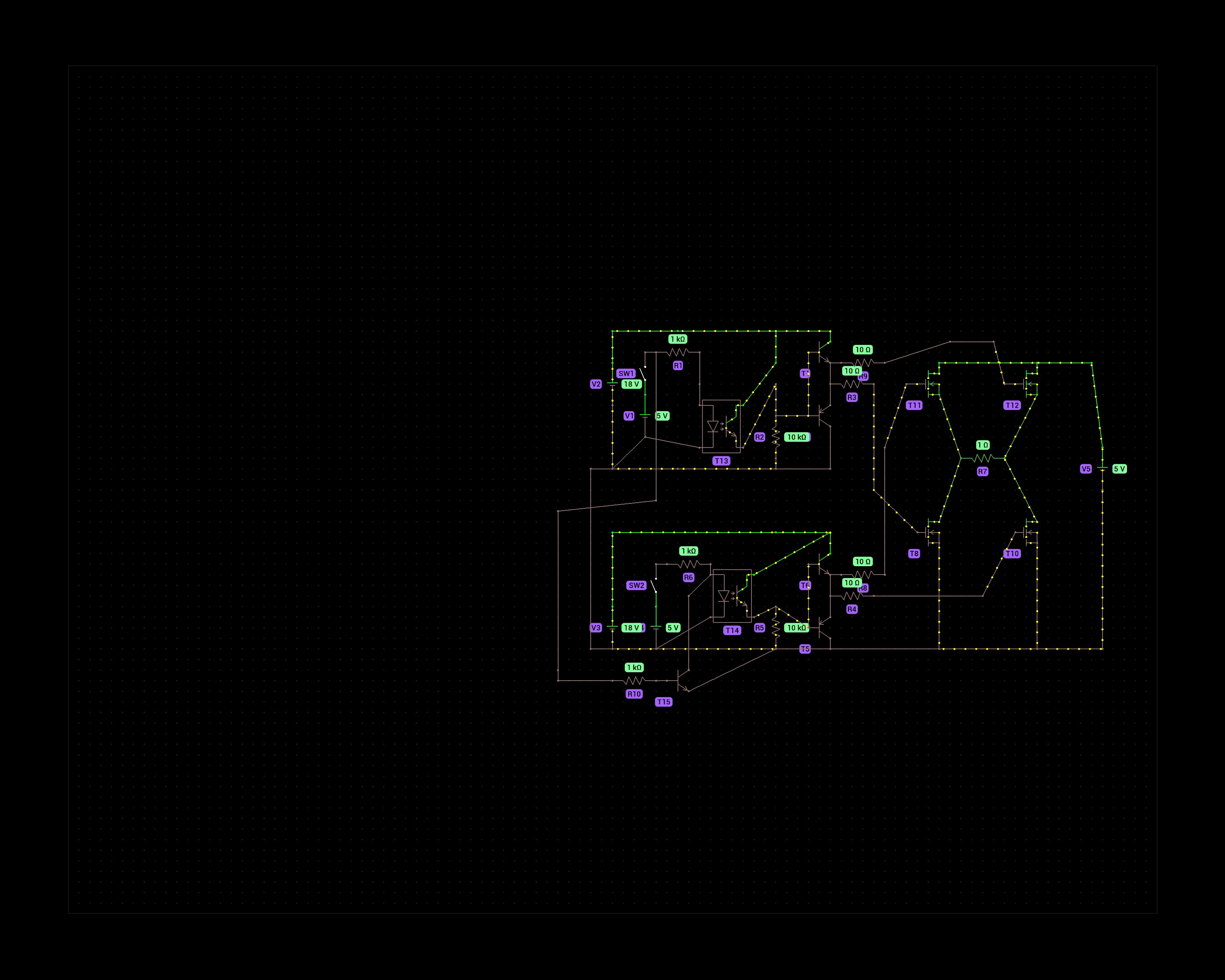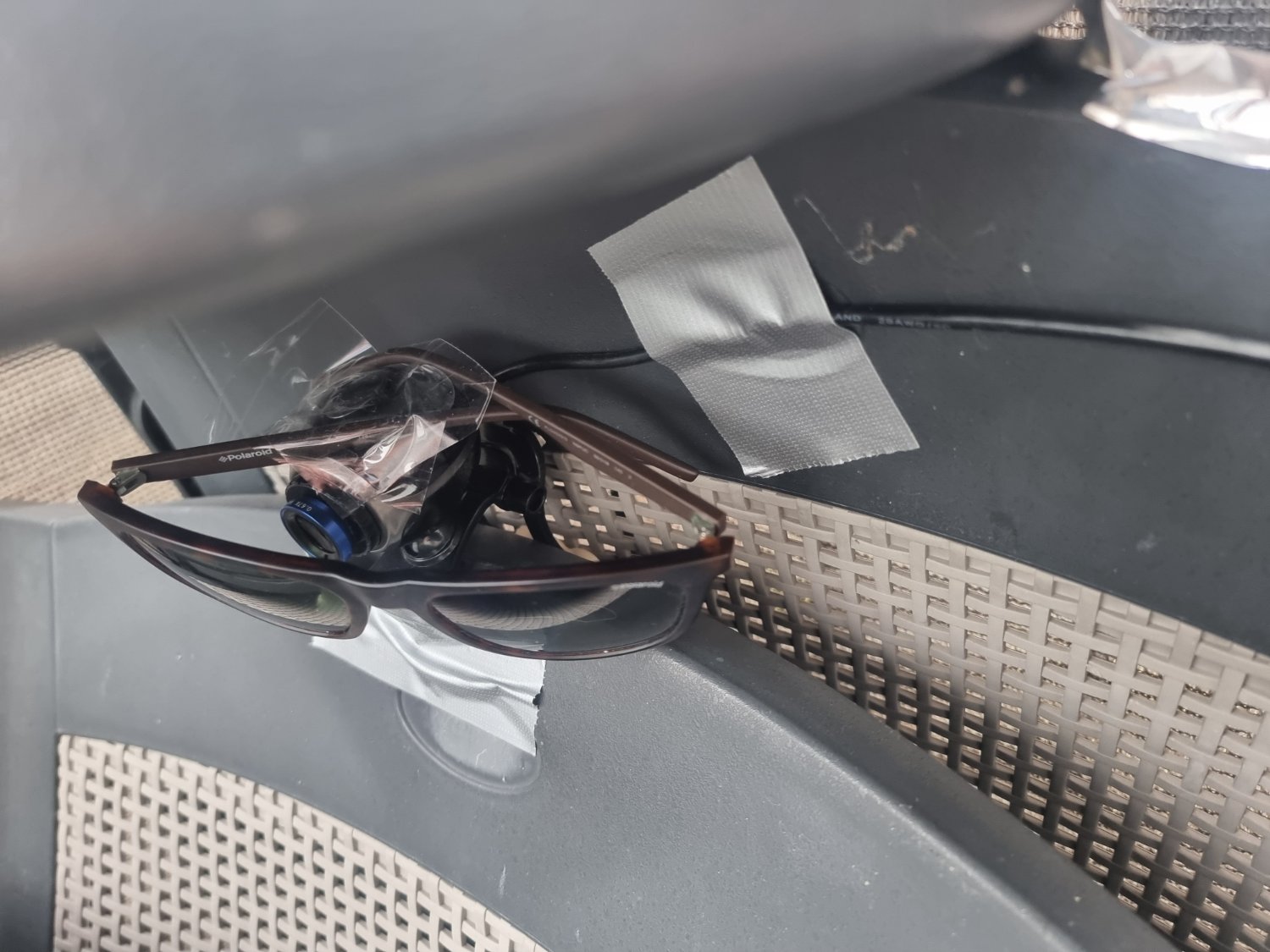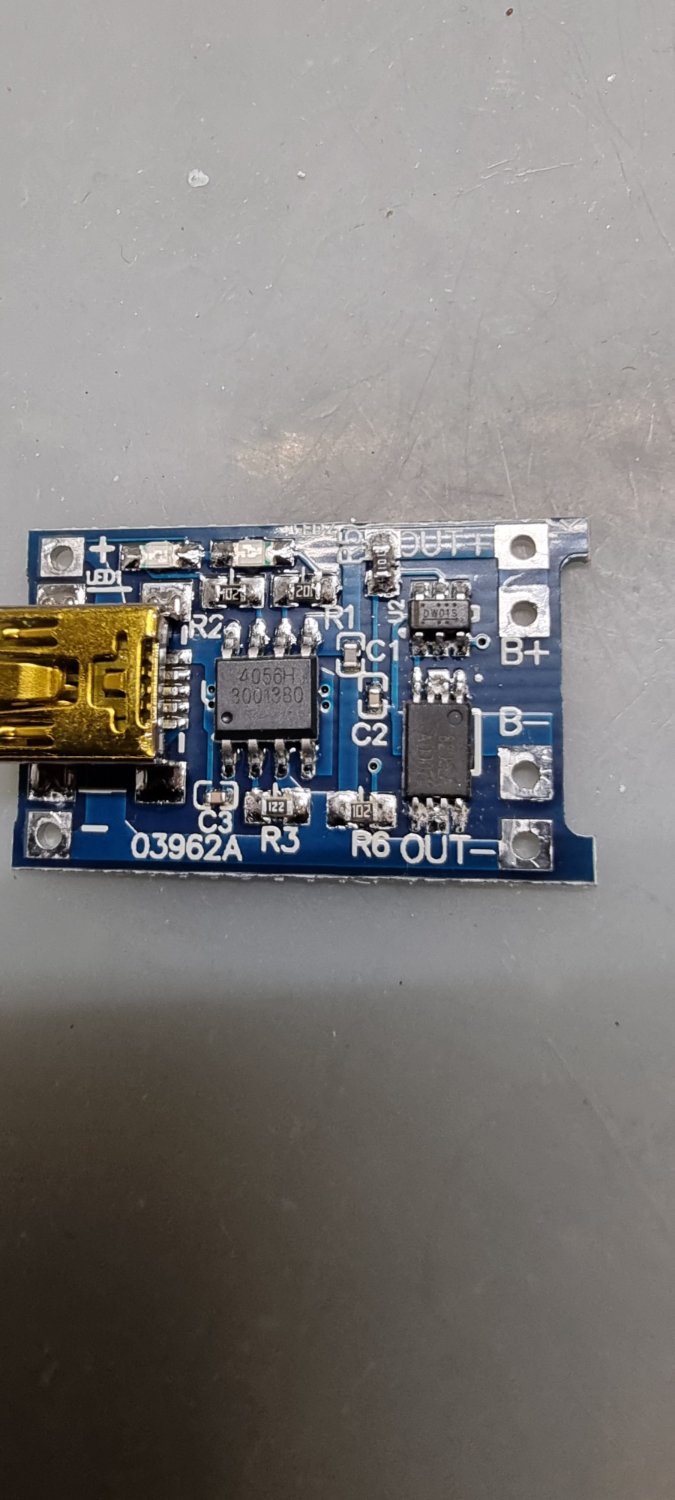I guess you're too straight edge for that.
Also the civilized world.
Don't forget mailing list nags that are engineered to pop up right when you are reading the third sentence of the article.
Right after the BS cookie popup.
Really tiresome to clean I bet.
It's Afrikaans, not Dutch. It's close though. We can understand written Afrikaans.
Everyone who has come in contact with that stuff will die.
HR personnel are such creeps. It really does attract a certain type.
All of them if it wasn't for greedy corporations.
/u/spez is violently taking notes.
view more: next ›
Rolive
joined 1 year ago


